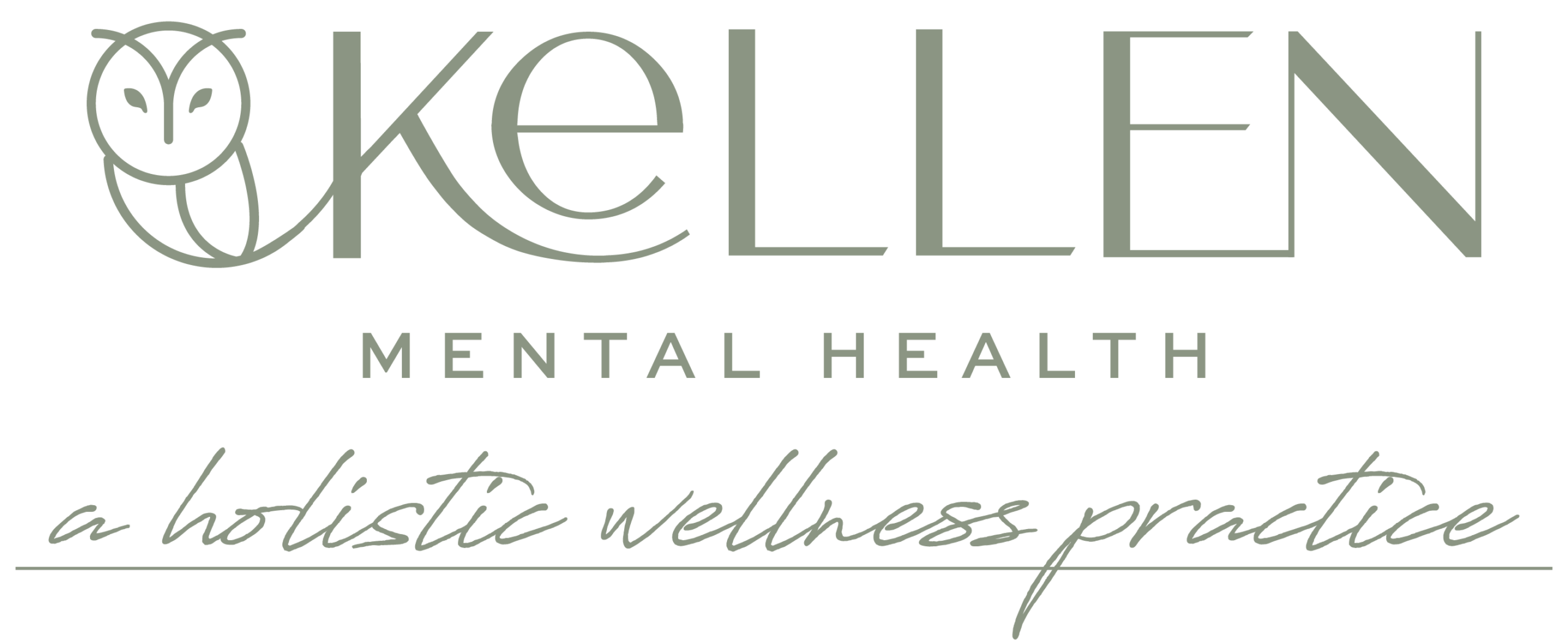“Some doors only open from the inside. Breath is an excellent way to access that door.” – Max Strom
The way we breathe can change the way our mind, body, nervous system, and digestive systems function.
If we find ourselves taking in shallow breaths all day, chest breathing, or even holding our breath from time to time during the day, we are probably engaging in a sympathetic nervous system response to stress.
When this happens, we end up inhaling and exhaling only about 8-12 breaths per minute. This rate ensures that our bodies are consistently bathed in the stress hormones of the sympathetic nervous system which can negatively impact us in the following ways:
- We find ourselves constantly tired and never really feeling rested
- We often eat more
- We cannot think as clearly
- We are anxious
- We are depressed
- We become more easily emotionally dysregulated
- We experience digestive issues
- Our bodies ache
So, how do we help ourselves? We can start by BREATHING differently so that we activate our para-sympathetic nervous system.
Many breathing techniques are designed to bring the body into a state of deep relaxation. Others allow us to remain highly alert and active, while emotionally regulated and calm. Specific patterns that involve holding the breath for a period of time allow your body to replenish its oxygen. From the lungs outward, breathing techniques can give our organs and tissues a much-needed oxygen boost.
Relaxation practices also help bring the body back into balance and regulate the fight-or-flight response we feel when we’re stressed. This can be particularly helpful if we are experiencing excessive rumination or sleeplessness due to anxiety or worries about the day, or even what might happen in the future.
Below are a few well-known breathing techniques to try out and see what feels right for you:
TACTICAL BREATHING (aka 4×4 Breathing or “water breathing”)
- The Veteran’s Administration uses this breathing method in the treatment of PTSD.
- Tactical breathing should be practiced every day but is especially useful when you are facing a highly stressful situation.
- In and out through the nose for 4 counts on the inhale and 4 counts on the exhale
- Allows for and maintains a calm and focused mind.
- Triggers fight/fight/freeze to turn off.
- Minimum 5 minutes – 20 minutes
BOX BREATHING (4x4x4x4 Breathing)
- Some U.S. military special forces units use Box Breathing and other breathing techniques as part of their training.
- This method has been shown to increase alertness, heighten performance and concentration, AND lower the stress response in the body.
- Triggers the fight/fight/freeze response to turn off.
Simple Method: In and out through the nose for counts of 4-4-4-4 (this slows us down to 4-6 breaths per minute to slow us down). Do this for 10 breaths.

4-7-8 BREATHING
- Breathe in through your nose for 4 seconds.
- Hold your breath for 7 seconds.
- Exhale through your mouth with a “whooshing” sound for 8 seconds.
Do this for 10 breaths. This is a really good technique for hacking your system to unwind for sleep as it forces the mind and body to focus on regulating the breath, rather than replaying your worries when you lie down at night.
The 4-7-8 breathing technique has also been shown to decrease anxiety, manage food cravings and help manage emotional responses like anger.
THE SIGH – TO SOOTH THE NERVOUS SYSTEM
- Breath in.
- When you breathe out, open your mouth and exhale with a soft sigh sound.
- Really feel into your shoulders and neck and relax, just let everything drop.
Repeat for at least 5 to 10 breaths.
USING THE BREATH AS A GROUNDING TECHNIQUE
Focusing on the breath can help reduce anxiety, engage our parasympathetic nervous system, and bring down our stress response.
- Bring your attention to the breath. Just breathe and know you are breathing.
- Call your attention to where you notice the breath the most in your body. In your nose? Your chest? Your belly?
- Take slow, deep breaths through your nose and notice your belly rising and falling.
- Exhale in whatever way is most comfortable for you.
- Mentally scan your body for any tension you might feel and use the rhythm of the breath to soften around those areas on the exhale.
- Do this for several minutes, just noticing the rise and fall of your belly.
- You may want to choose a word like “calm”, a mantra like “I am capable”, a simple noticing phrase like “breathing in, breathing out” or Metta phrase like “May I be happy, may I be healthy, may I be safe.”
- Imagine your inhale bringing in peace, washing over you like a gentle wave.
- Imagine your exhale moving the negative thoughts and feelings out of your body and away from you.
- If you get distracted, just notice, and gently bring your attention back to the breath.
Practice this technique as many times as you can during the day; 20 minutes a day would be ideal.


